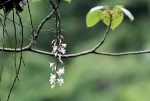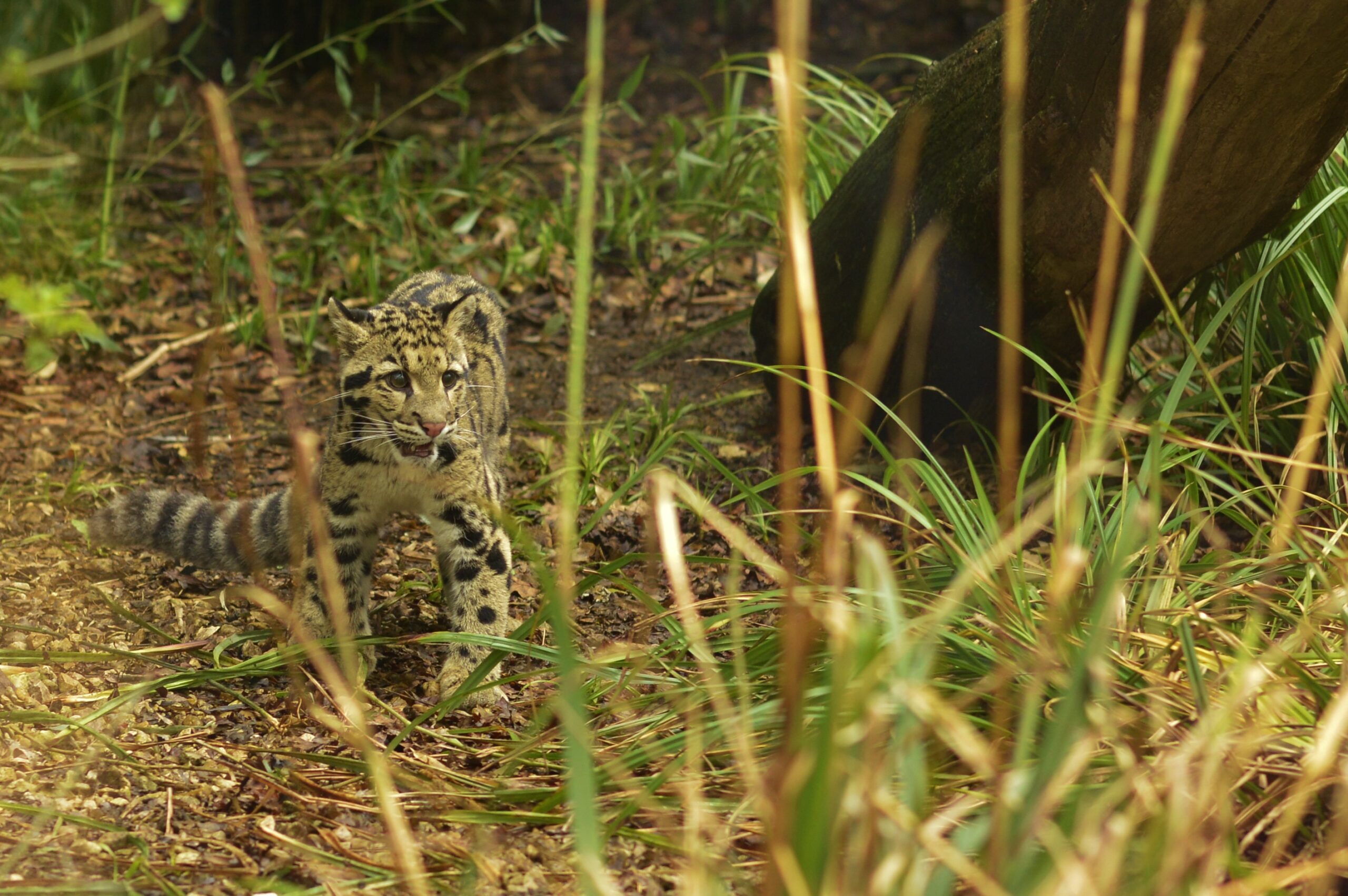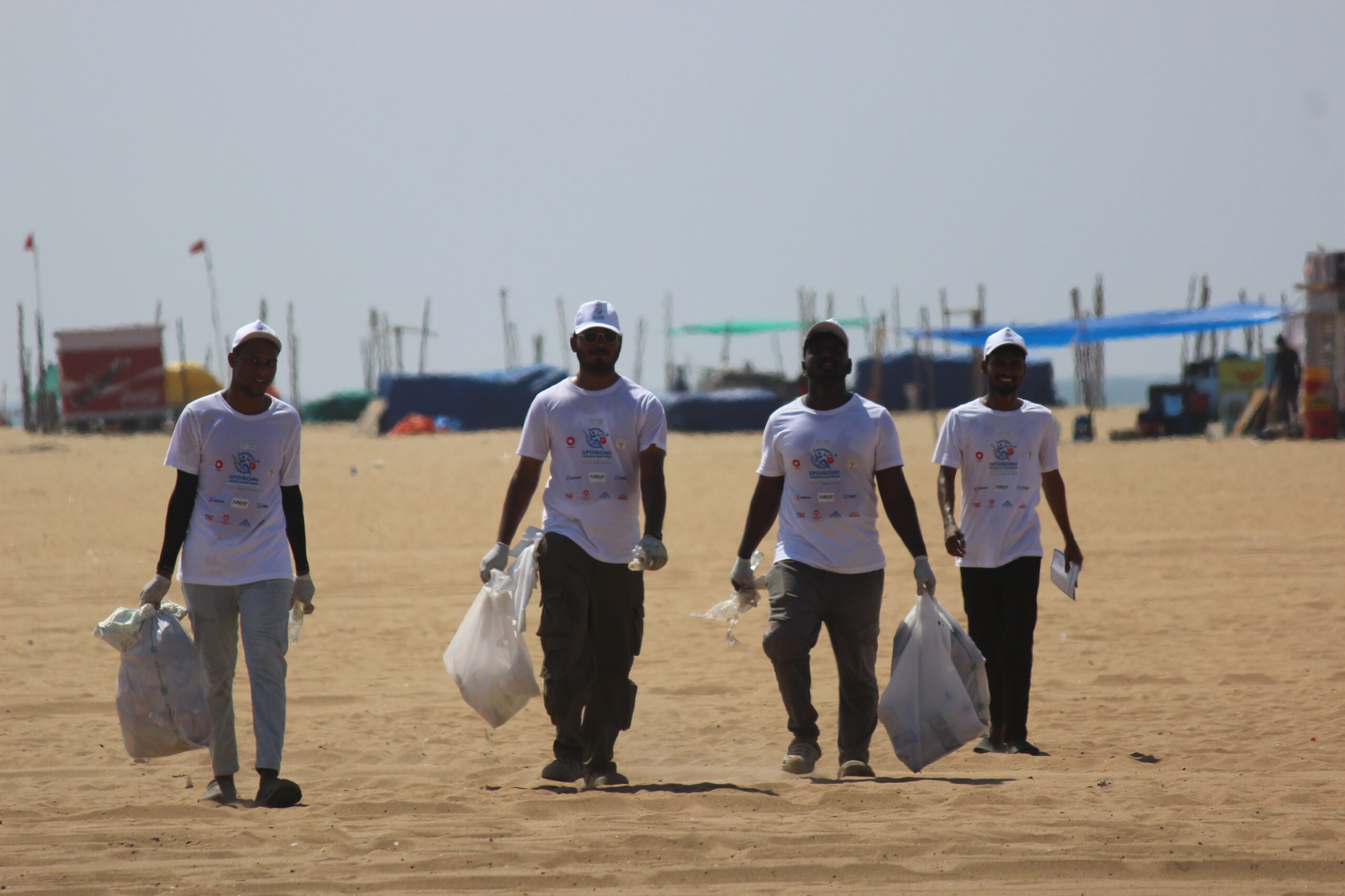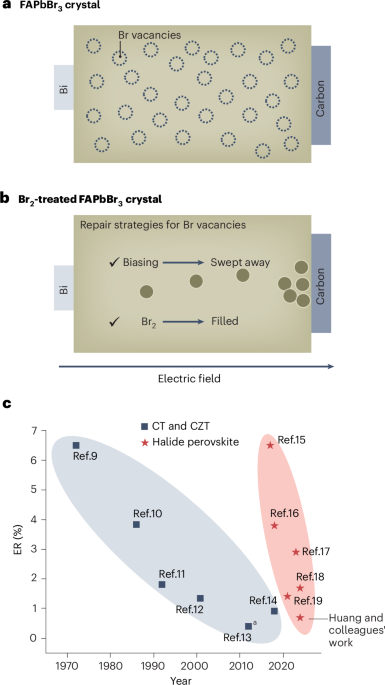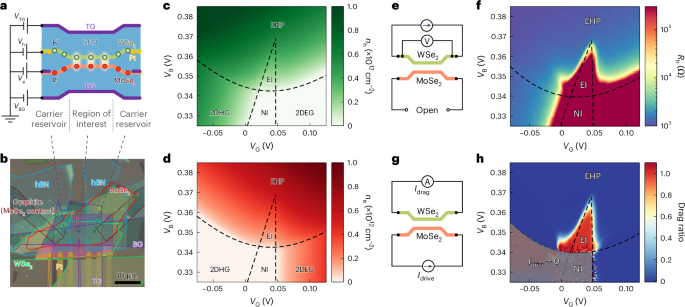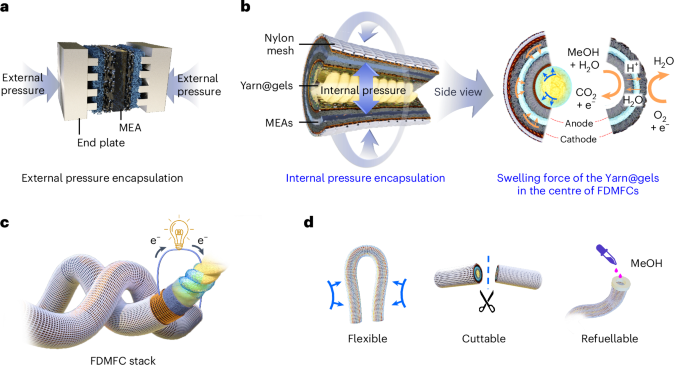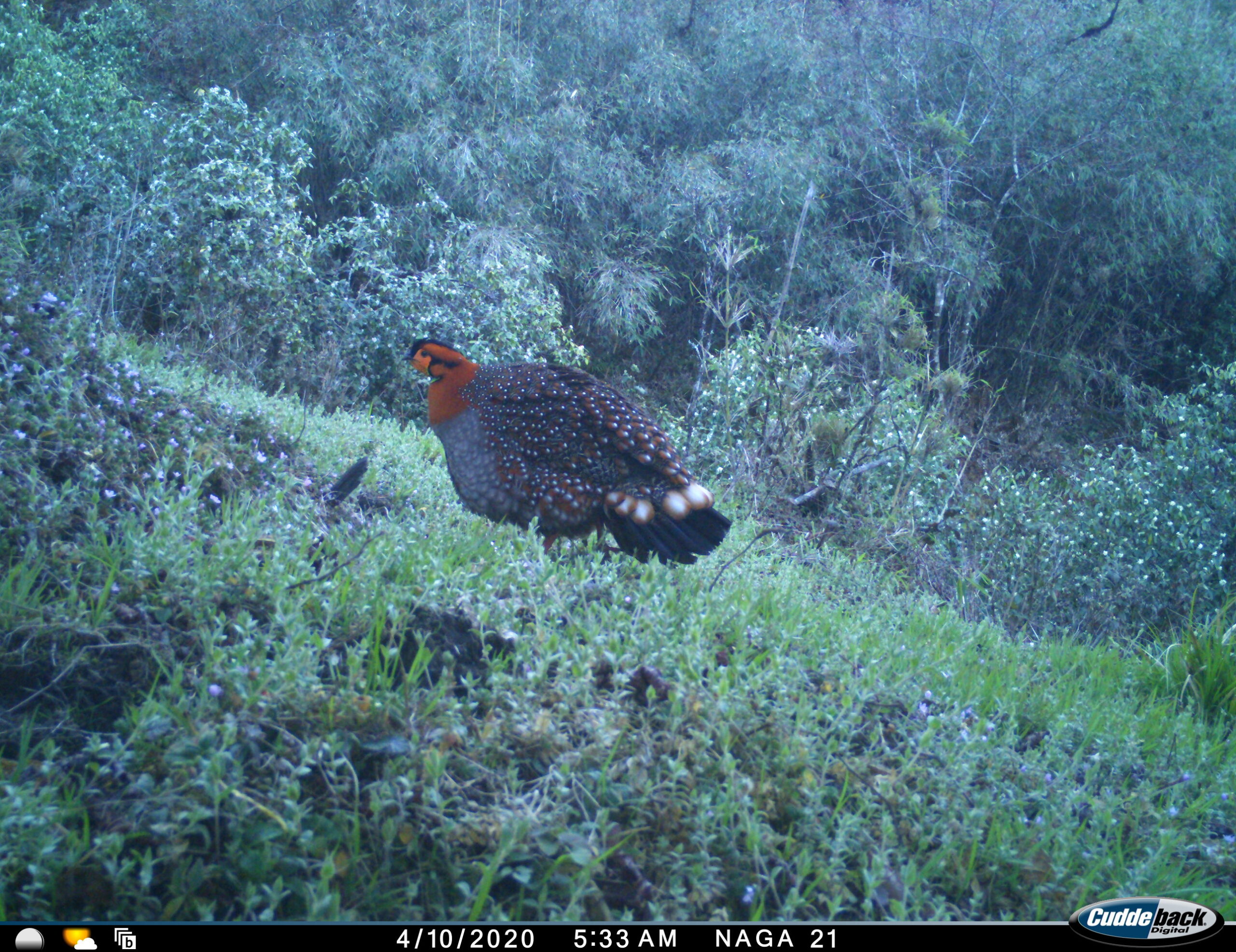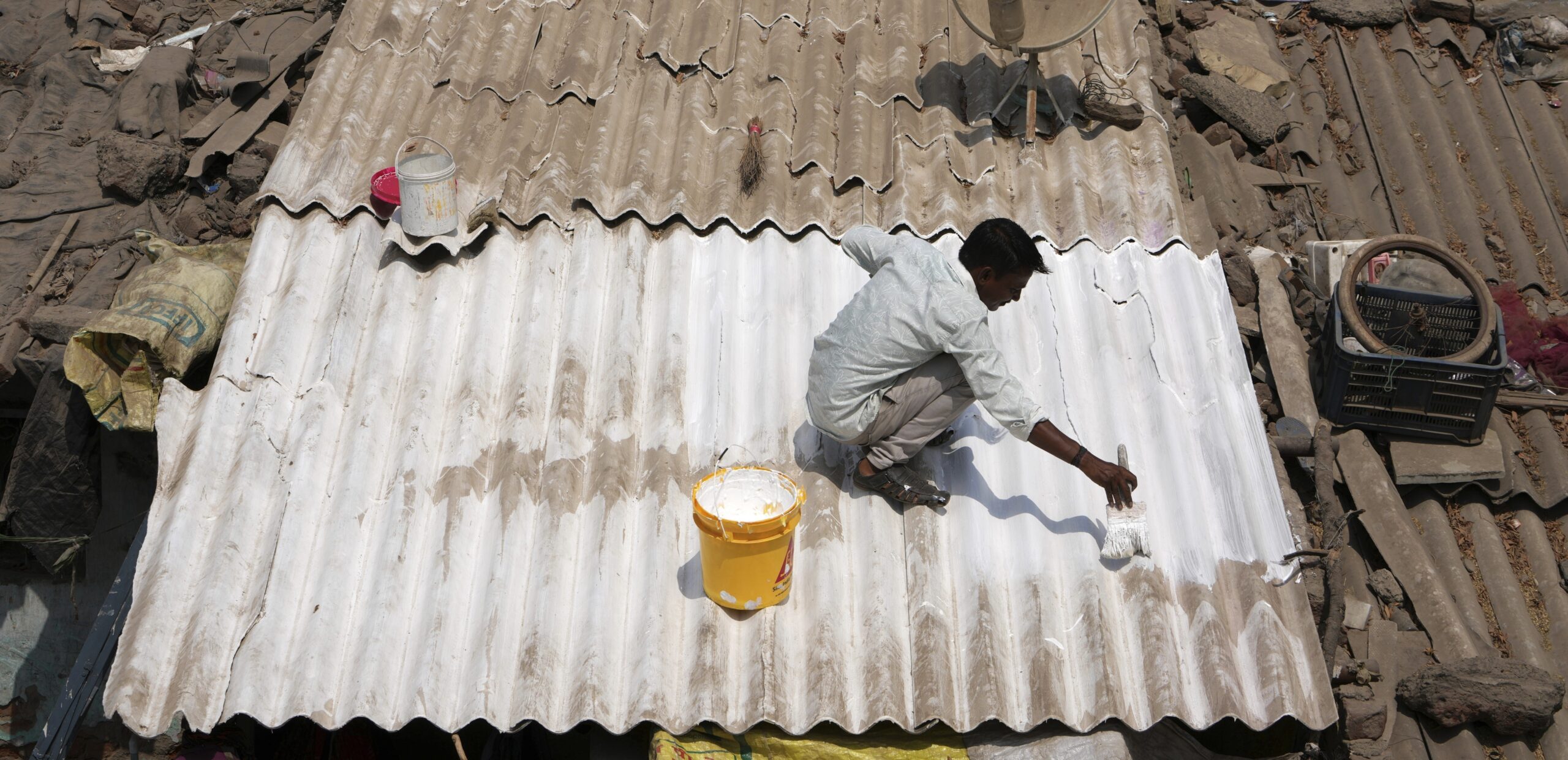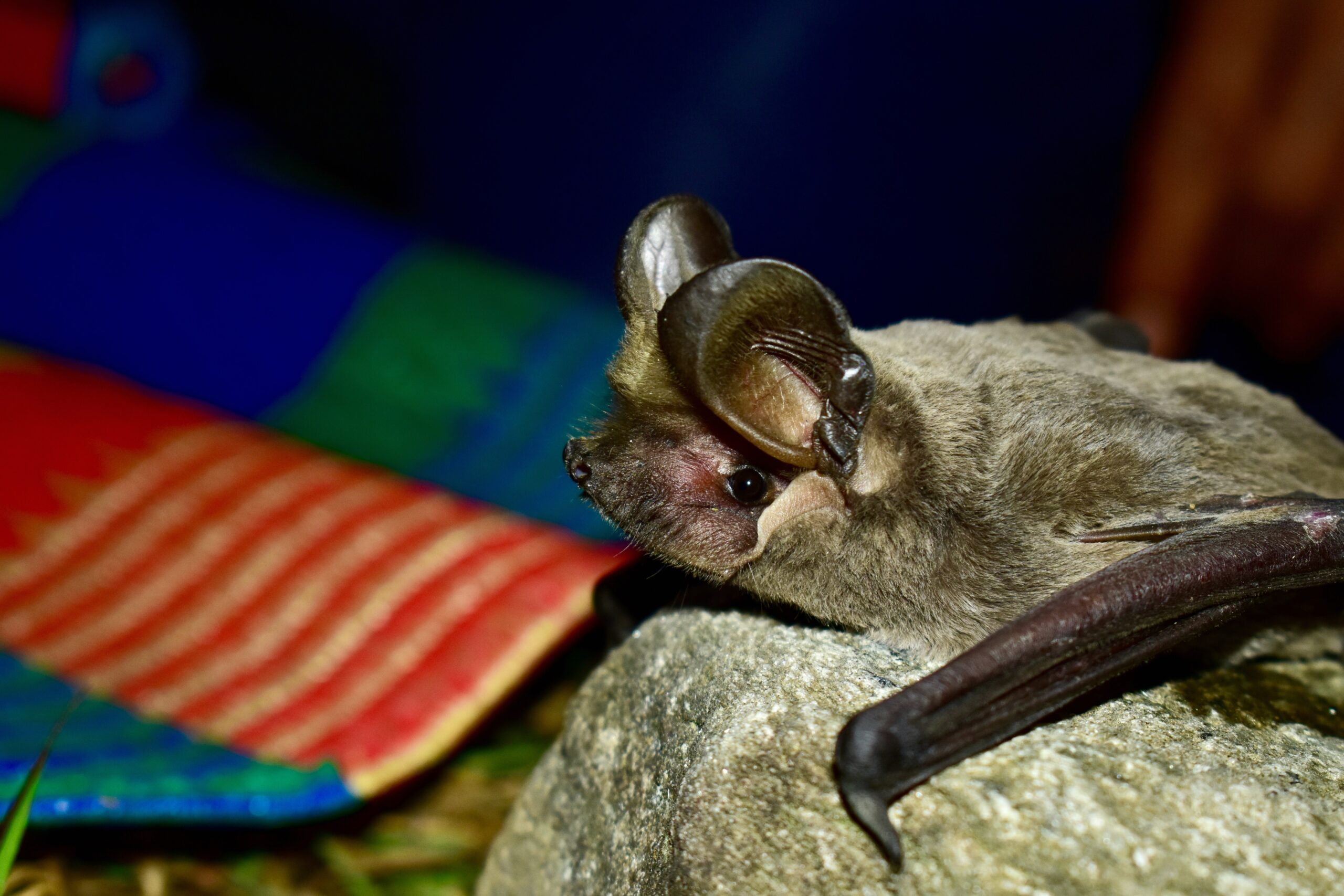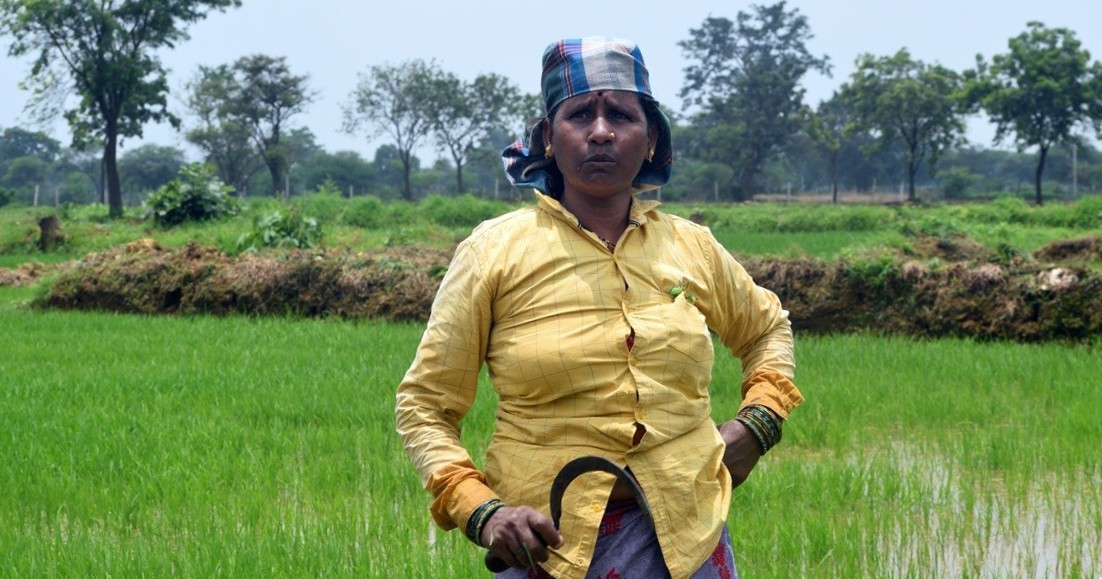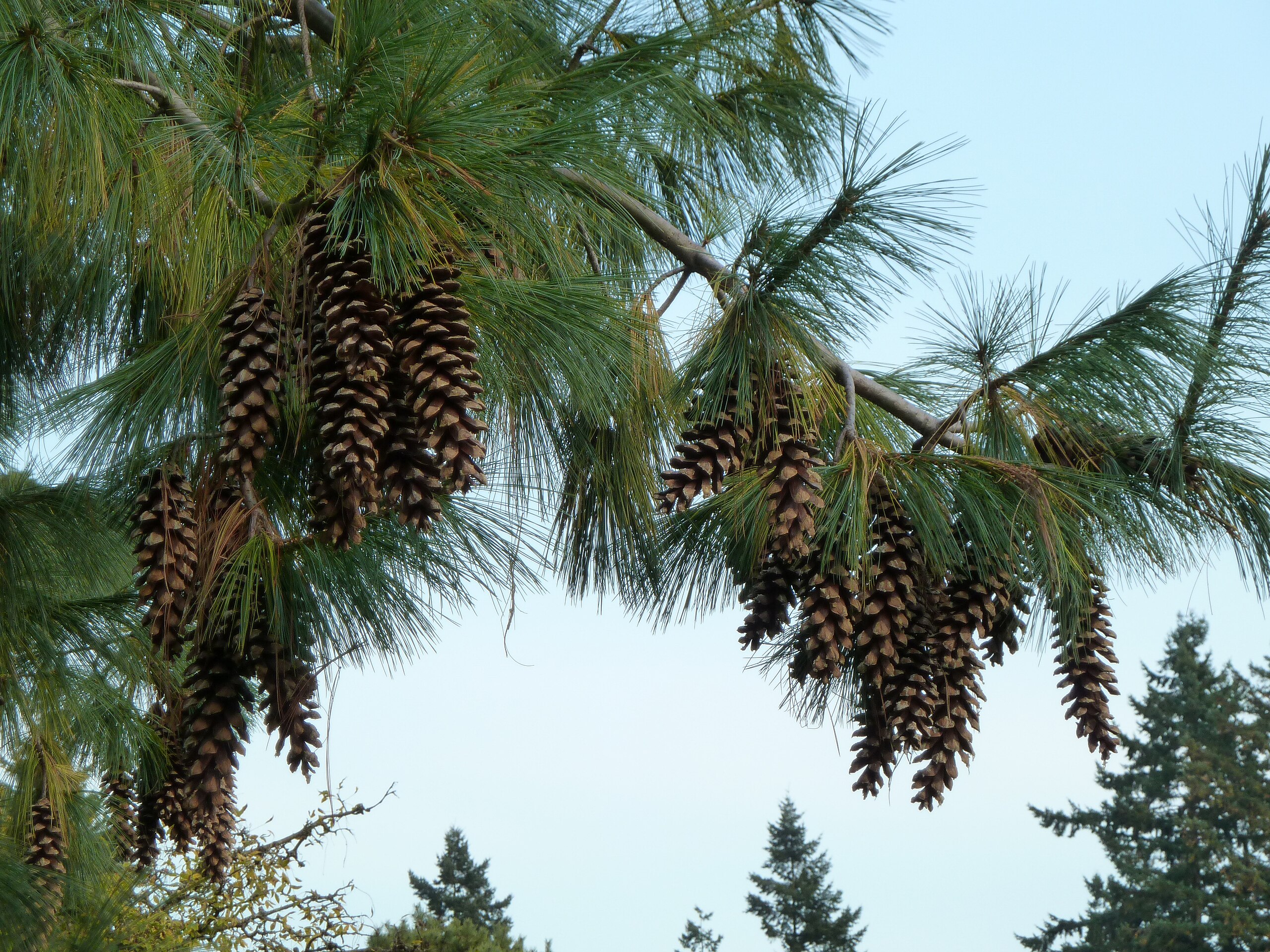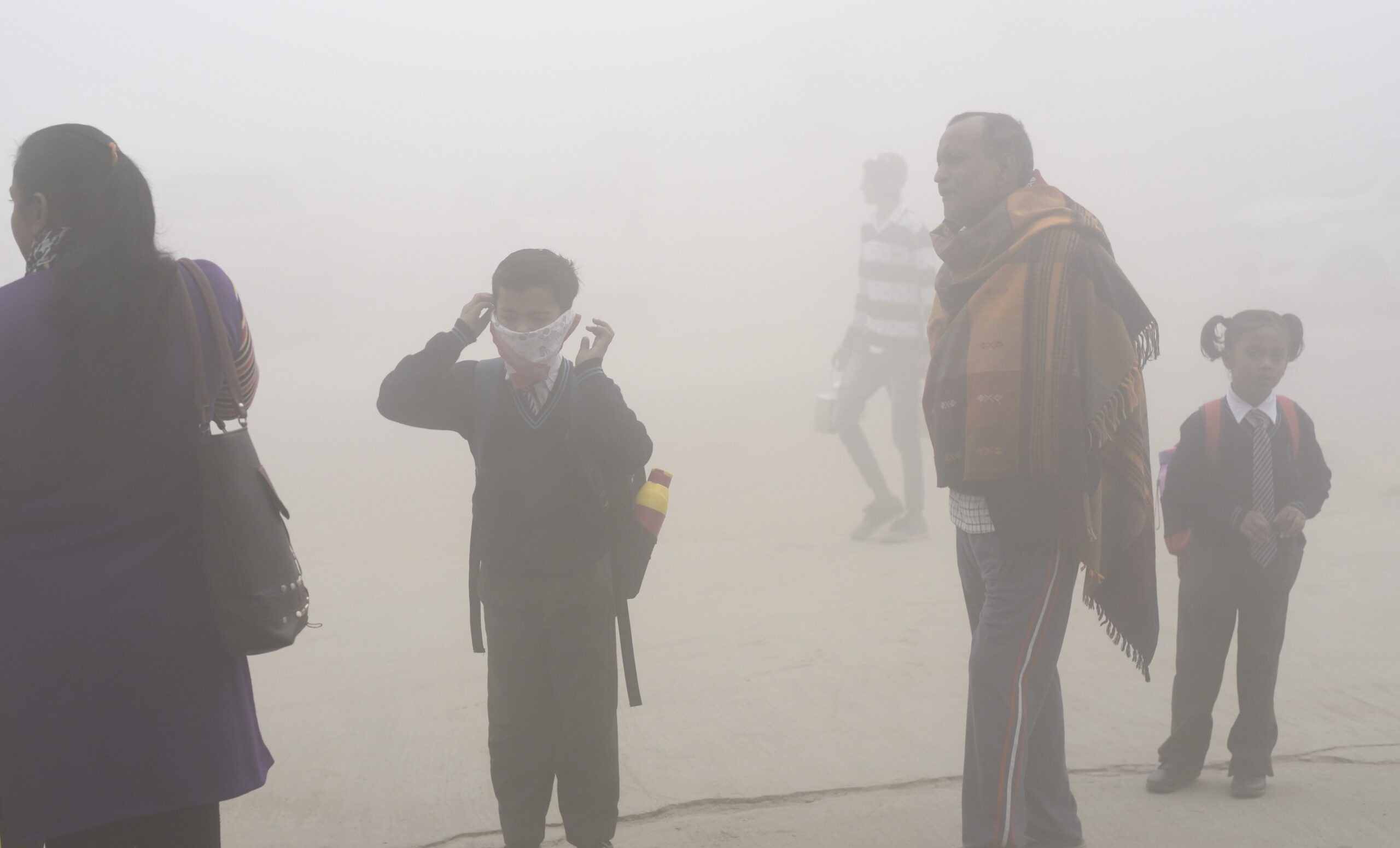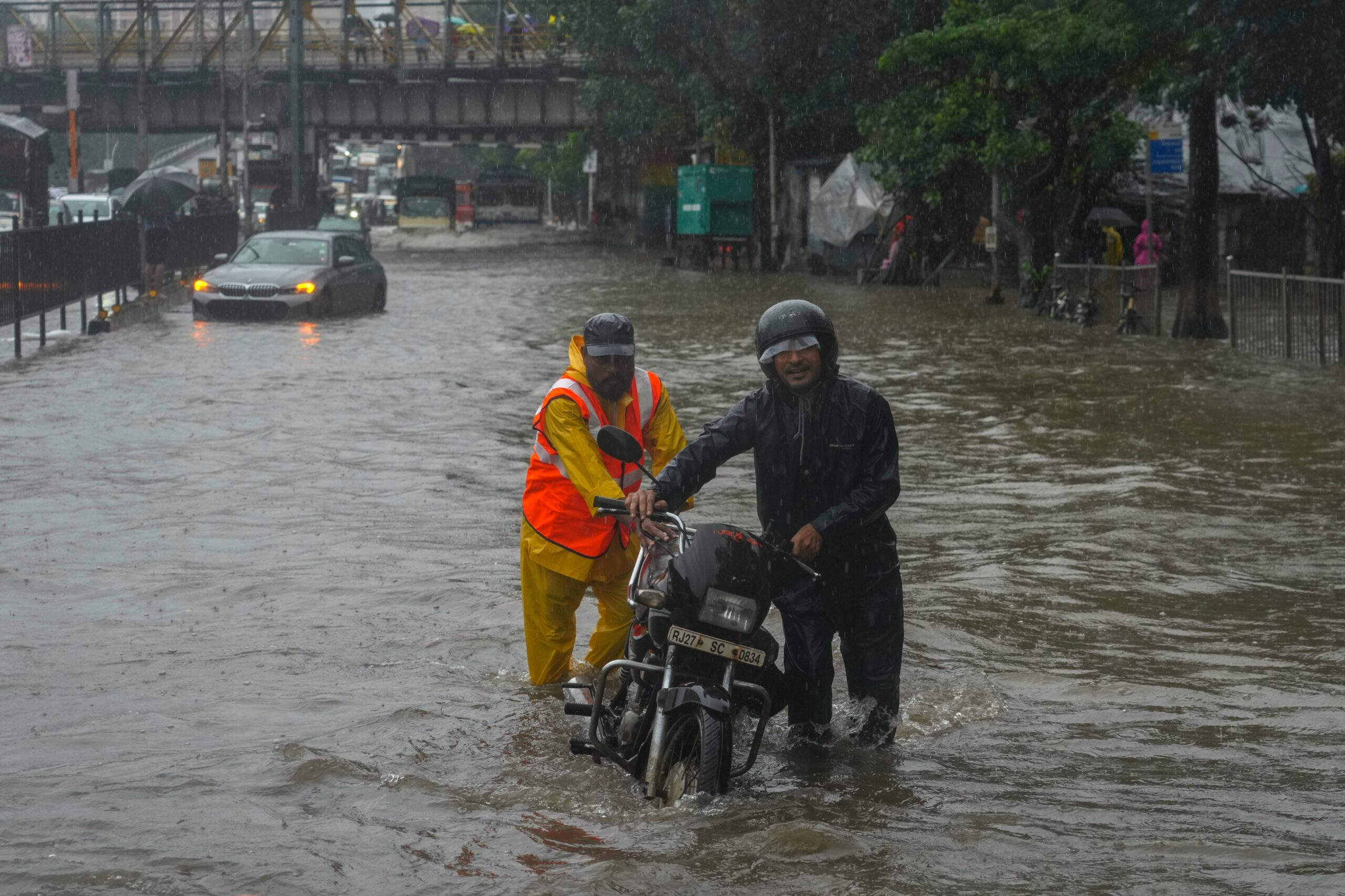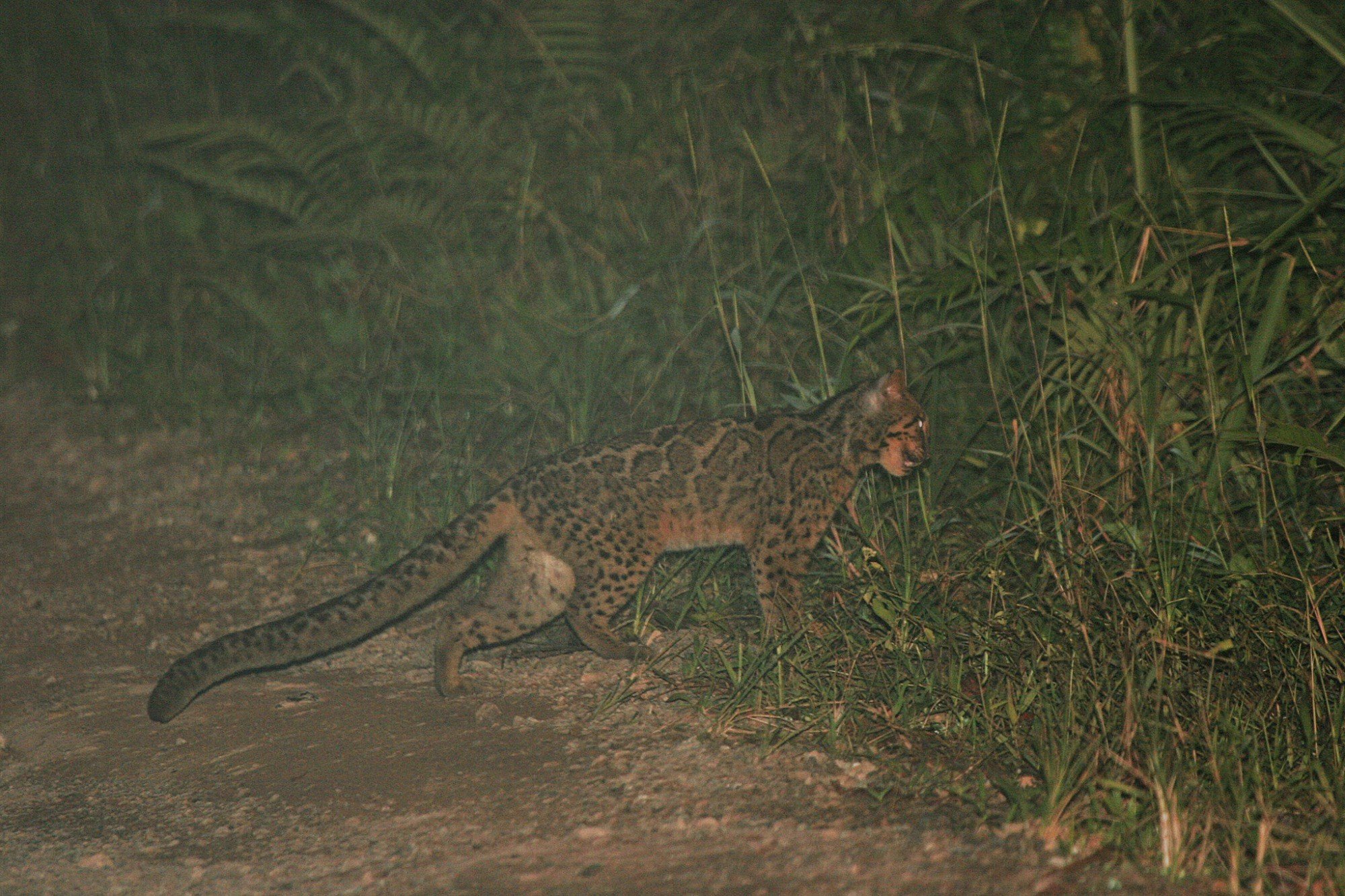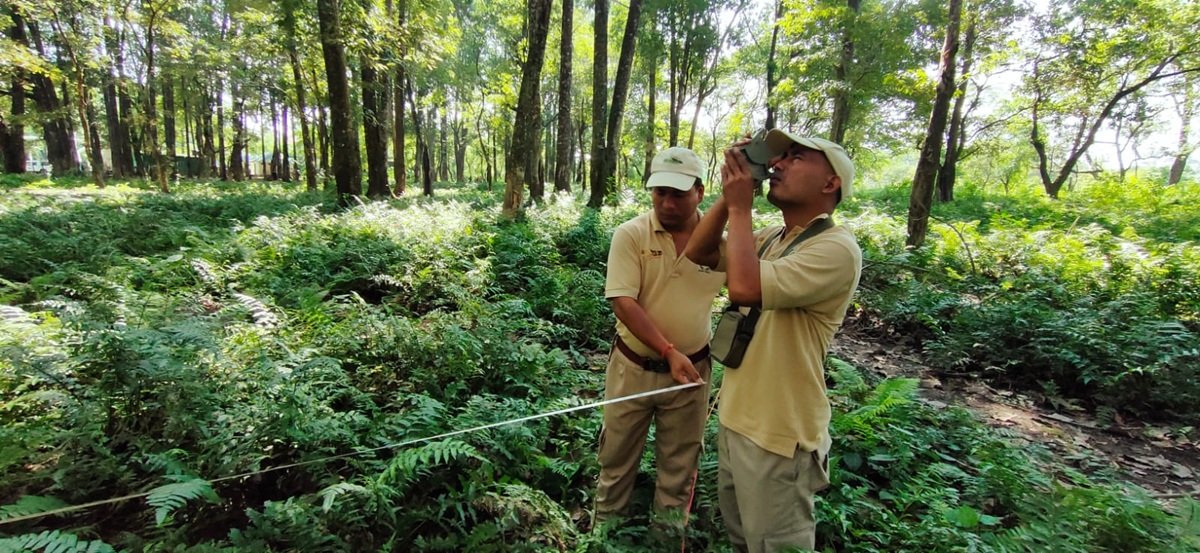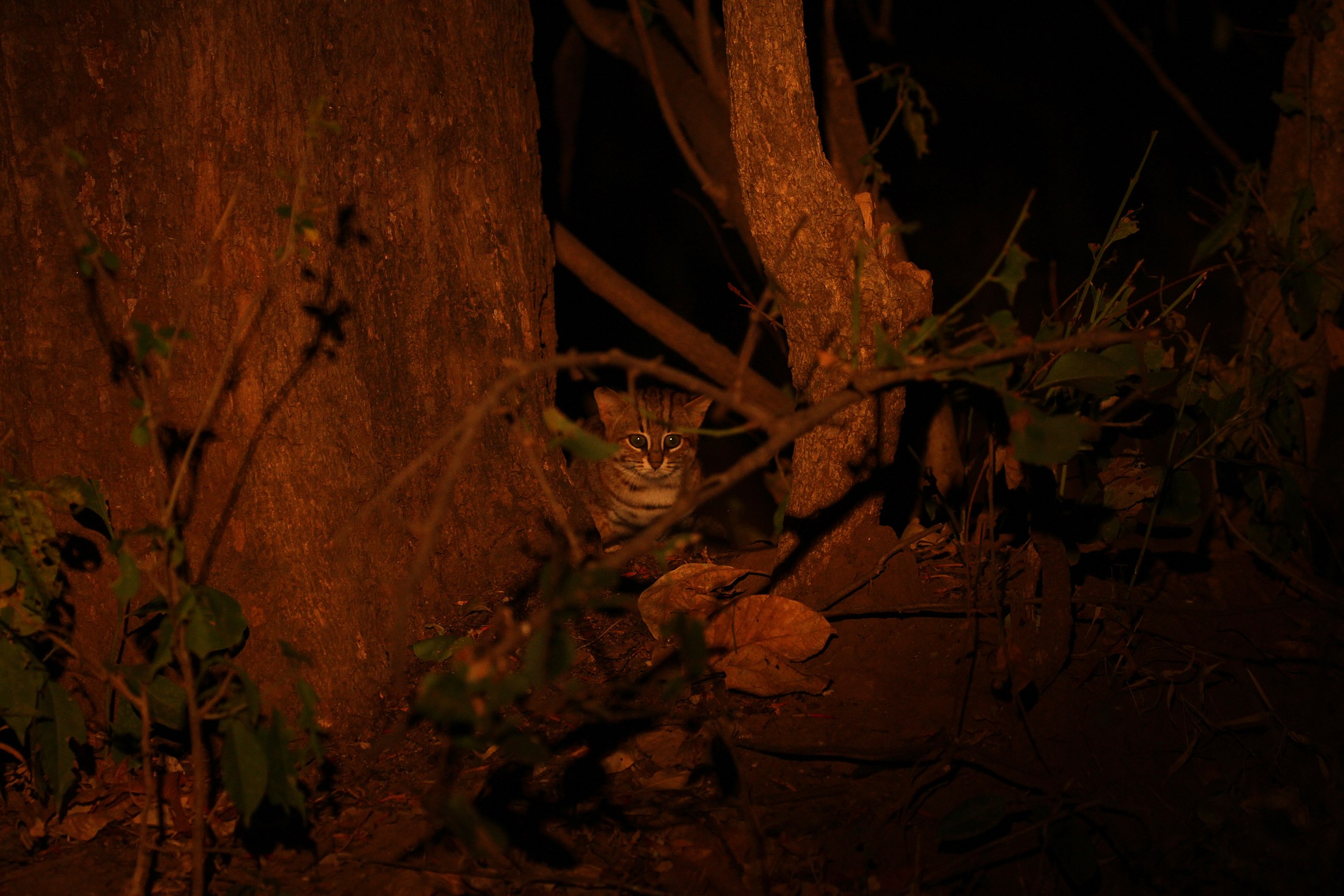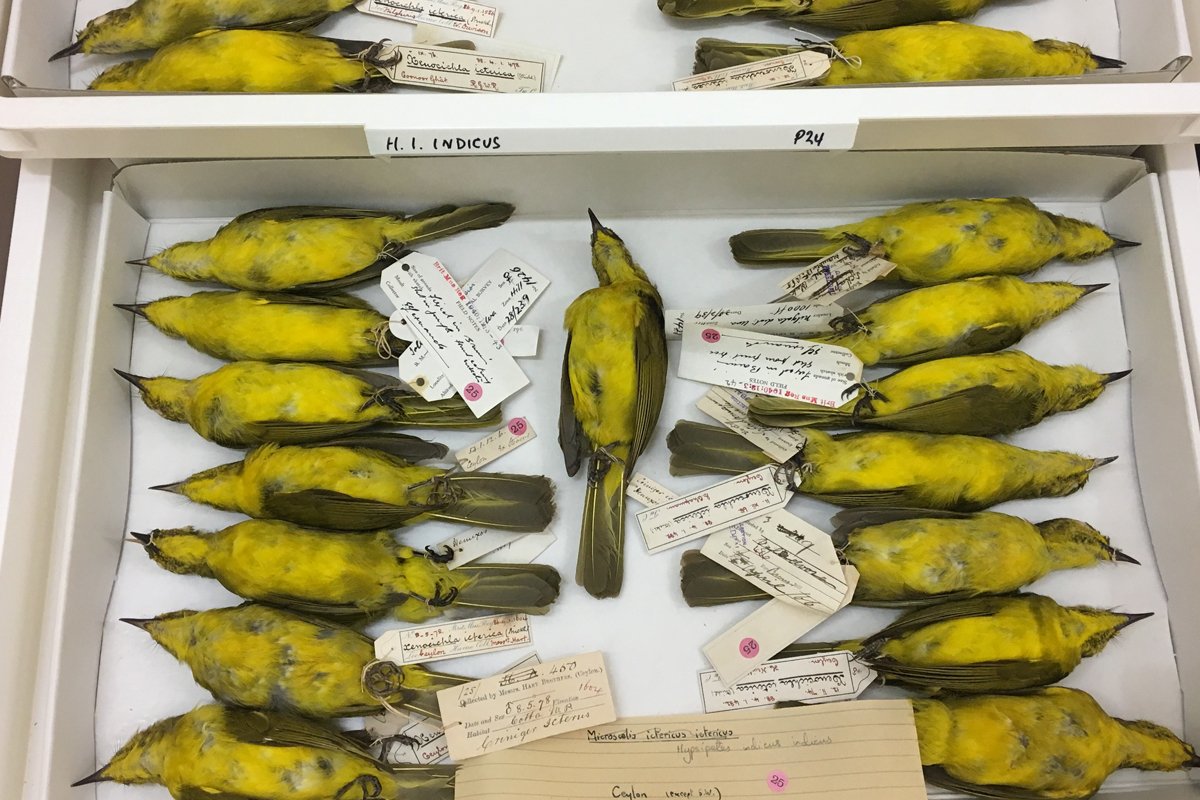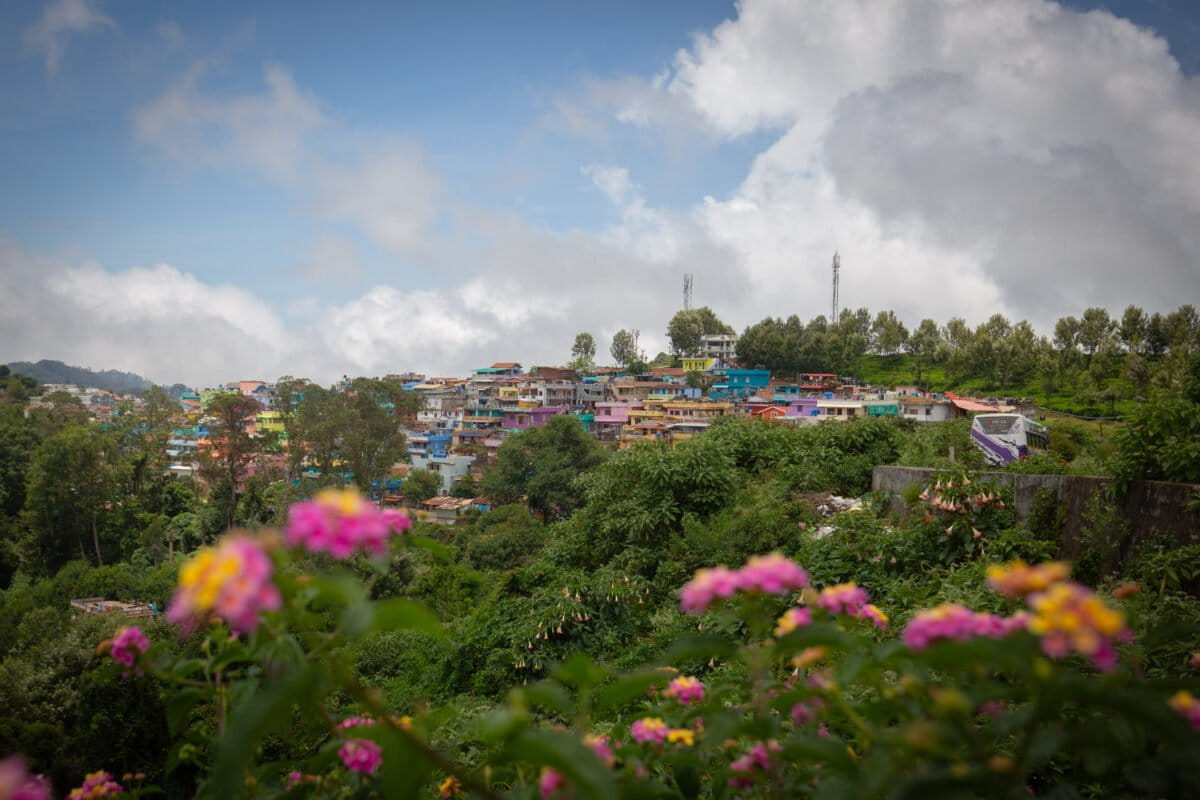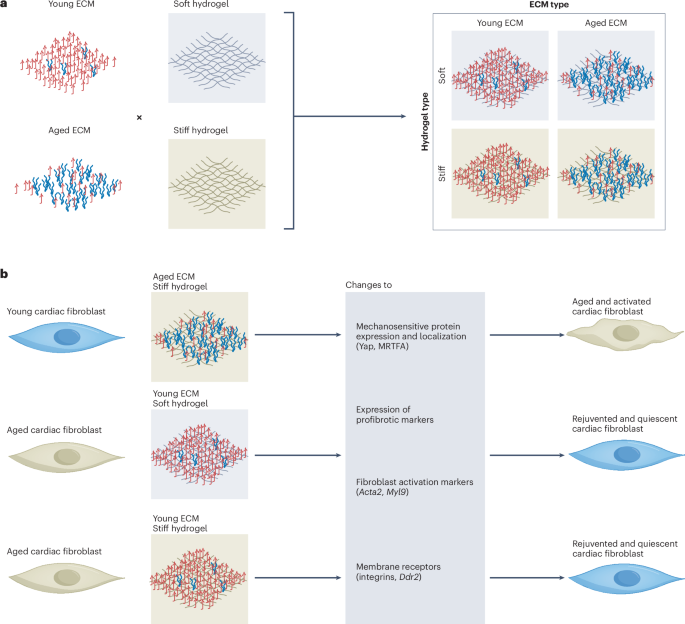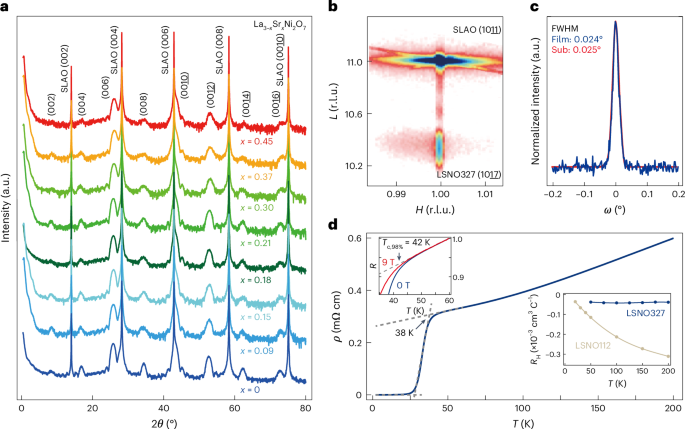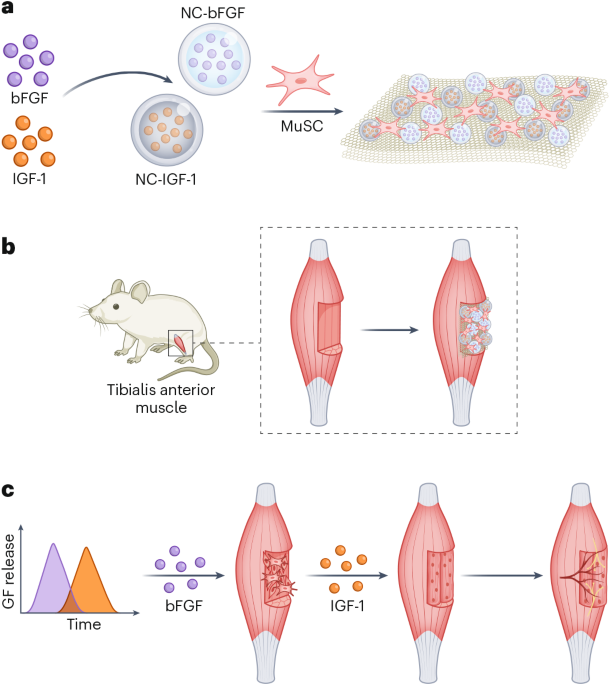
- A new study reveals that rising nest temperatures are skewing the sex ratio of gharial hatchlings, tipping the balance more toward females.
- With fewer males to sustain future breeding, the already critically endangered gharial, could face an uncertain future.
- The researchers call for urgent interventions before increasing temperatures tip the balance too far.
Along the sun-baked banks of the Chambal river, a quiet crisis is unfolding. The gharial, India’s distinctive, critically endangered crocodilian, known for its slender snout and ancient lineage, is facing a new and growing threat: heat.
A new study by researchers from the Wildlife Institute of India (WII), published in Evolutionary Ecology, reveals that rising nest temperatures are skewing the sex ratio of gharial hatchlings, tipping the balance more toward females. This subtle but significant shift could disrupt breeding patterns and eventually push the species closer to extinction.
“Our study was prompted by growing concerns from field observations suggesting a female-biased sex ratio in gharials,” says Surya P Sharma, lead author and Project Scientist-I with the National Mission for Clean Ganga (NMCG) Project at WII, Dehradun. “Since crocodilians, including gharials, have temperature-dependent sex determination, we suspected that rising ambient and nest temperatures, likely driven by climate change and habitat alterations, might be altering hatchling sex ratios and shifting population dynamics.”

What the study found
Between 2017 and 2019, the researchers monitored 17 gharial nests over three breeding seasons at Baroli and Nadigaon, which are key nesting sites in the National Chambal Sanctuary in Madhya Pradesh. These sites are part of a long-running conservation initiative, where eggs are collected annually to support the “grow and release” programme, under which hatchlings are reared in captivity and later released into the Chambal and other gharial-inhabited rivers across India.
Working along the remote stretches of the Chambal river posed numerous logistical challenges: difficult terrain, extreme heat, and the need to avoid disturbing nesting females. “The most critical and challenging part was identifying nests within hours of egg-laying since we needed to begin recording temperatures before embryonic development started. That meant daily patrols and constant vigilance during the peak nesting season. It was a huge field effort,” says Sharma.
Despite the hurdles, the team successfully inserted temperature loggers into the top, middle, and bottom layers of the nests within 24 hours of egg-laying. These recorded continuous temperature data throughout the 60-day incubation cycle. The final analysis from 43 data loggers was recovered from 17 nests at Baroli and Nadigaon.
Using thermal modelling, the researchers analysed how temperatures shifted during the thermosensitive period — the critical window between days 20 and 40 of incubation — when the embryo’s sex is determined. Based on this, they estimated the likely sex ratios of hatchlings.
Unlike mammals, gharials don’t have sex chromosomes. Their sex is determined entirely by temperature during incubation. The relationship follows a “female-male-female” curve, meaning both lower and higher extremes produce females, while only a narrow middle range (around 32°C) produces males.

“At around 32°C, up to 89% of hatchlings could be male. But at or below 31.5°C and at or above 33.5°C, female production dominates, reaching 100% and around 85%, respectively. Since temperature varies vertically within a nest, with warmer conditions near the top and cooler ones deeper down, this natural thermal gradient can still support the development of both sexes, but only if the entire nest doesn’t consistently fall below 31.5°C or rise above 33.5°C,” Sharma explains. The findings were stark. The constant temperature equivalent — a thermal metric that estimates how fluctuating temperatures affect embryo development in species with temperature-dependent sex determination — ranged from 30.5°C to 34.0°C during the critical sex-determining period. Cooler conditions were recorded in the bottom layers of the nest, while the top layers were consistently warmer. The modelled data revealed a strong female bias: on average, one male to every 3.2 females. Over 35% of the nests exhibited higher female-producing temperatures, and in nearly a third of the nests, all hatchlings were expected to be female.
“We couldn’t physically confirm the hatchlings’ sex, as it’s still very difficult to determine the sex of such small individuals. Long-term monitoring is needed until they’re big enough for reliable sexing techniques,” says Sharma.
Why temperature matters more than genes
The study also found that while the average daily nest temperatures stayed within the viable range (29-33.5°C), in some nests, especially the top egg layers, temperatures occasionally reached the upper threshold. This is a concern. Although temperatures above 33.5°C can still produce females, it also raises the risk of embryo mortality or non-viable hatchlings. Eggs closer to the surface are also especially vulnerable to heat stress, and the danger intensifies during sudden heat spikes. “A heat wave during the thermosensitive period could push nest temperatures past the tipping point, leading to nest failure or severely skewed sex ratios,” says Sharma.
Despite these challenges, hatching success remained high, above 90% in most nests. The researchers credit this resilience to environmental factors like sand texture and moisture levels, and even embryonic behaviour (embryos shifting their position inside the egg to find optimal thermal zones).
Yet the underlying trend remains troubling. A consistent female bias could weaken reproductive potential in the long term. “Gharials are polygynous, one male can mate with several females, but you still need enough reproductively active males to keep the population viable,” says Sharma.

What can be done?
To address this emerging threat, the researchers propose adaptive management strategies. These include real-time monitoring of nest temperatures using data loggers to detect when conditions approach dangerous thresholds. Vulnerable nests could be shaded or relocated to cooler microhabitats, especially when extreme heat is forecast.
“By mapping the relationship between ambient conditions and nest-specific temperatures, conservationists can identify which nests are most vulnerable and target interventions accordingly. This kind of predictive planning will be vital as we prepare for future climate scenarios and extreme weather events,” Sharma says.
Today, the Chambal river remains among the last strongholds for breeding gharials in the wild, with 2,456 adult individuals in the National Chambal Sanctuary alone, as of 2024. Conservation efforts, such as captive rearing and release programmes, have helped the species make a cautious comeback over the last few decades. But that recovery remains fragile.
“If the current trend continues, a persistent sex-ratio imbalance could lead to a smaller effective breeding population. That means fewer individuals able to reproduce, higher risk of inbreeding particularly in fragmented populations, loss of genetic diversity, and eventually, the collapse of breeding groups in isolated habitats,” says Sharma.
Read more: Gharial conservation should extend to unprotected rivers
Banner image: A gharial and its offspring. At temperatures of around 32°C, a majority of hatchlings may develop into males, while temperatures below 31.5°C and above 33.5°C will see female production dominate. Image by Surya P Sharma.





